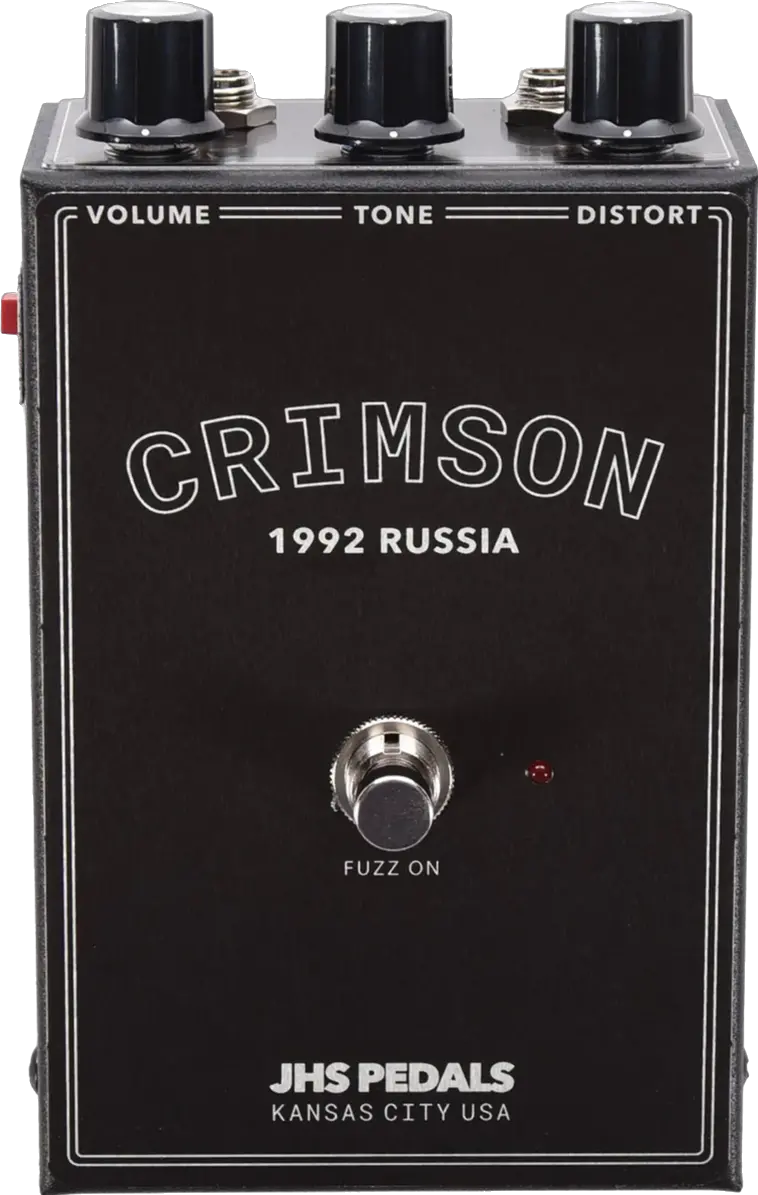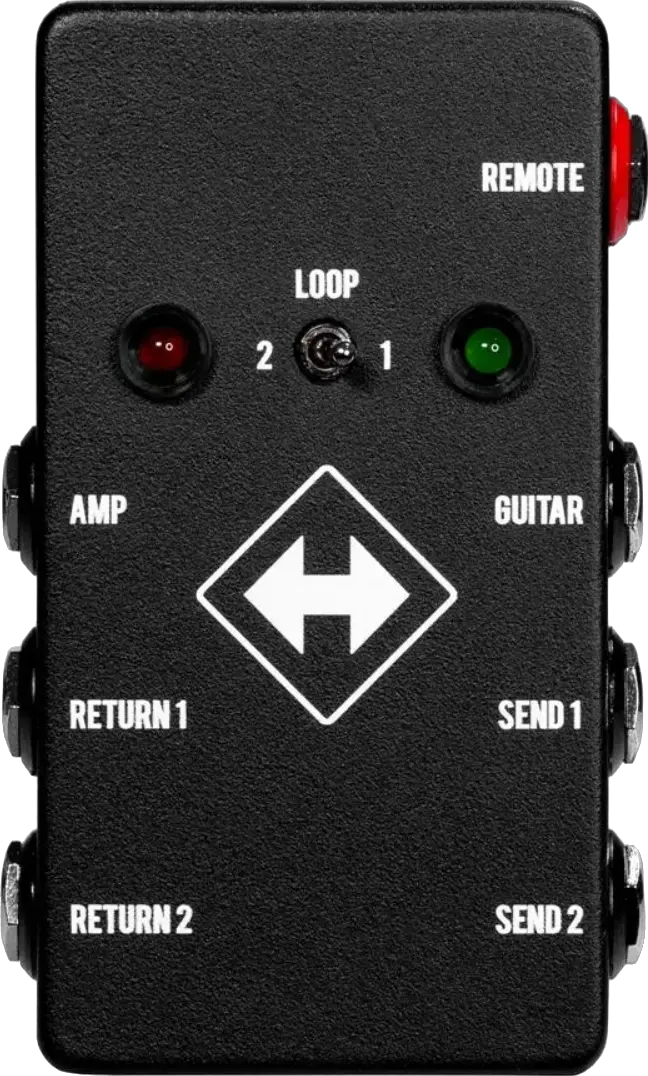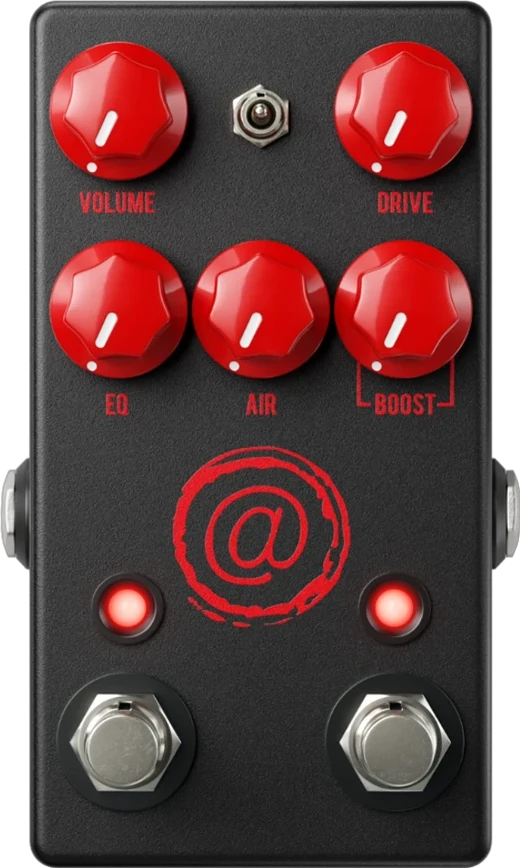1966 Series Fuzz

Description
The Fuzz Face was released in 1966 by Dallas Electronics Ltd. and is one of the most iconic fuzz pedals ever made. This British fuzz is recognized instantly by its "Smiley Face" enclosure that was developed after Mr. Arbiter used the circular base of a microphone stand as inspiration. It is one of the first things we think of when we hear "fuzz pedal" because it lived at the feet of the great Jimi Hendrix. The Fuzz Face was released just a few months after the Sola Sound "Tonebender" 1.5 hit the market, and upon investigation, it is an almost identical circuit. The original Fuzz Face manual even said that it was a "battery-powered TONE-BENDING unit," clearly showing its inspiration. Though the circuit is much like the Tonebender MK1.5, the tone is very different. It possesses a very full and thick fuzz sound with roaring low-end frequencies. I can't help but think of how this made the three-piece Jimi Hendrix Experience sound larger than life. The most amazing feature of this fuzz is its ability to change into something magical as you roll your guitar volume down. Many of Hendrix, as well as players like Eric Johnson's clean tones, are in fact, the Fuzz Face with the fuzz control maxed, but the guitar volume turned way down. This setting results in an unreal and almost mythical light overdrive that you have to feel and hear to understand. As with most classic fuzz pedals, it loves a dirty amp or overdrive afterward in the signal path. Staying true to the original, I used high-grade carbon composition resistors, oversized capacitors, and two germanium transistors that I hand-matched to the circuit. Each small batch of Fuzzes will use different transistors as it is challenging to find reliable sources of these devices in large quantities. The circuit uses vintage positive ground voltage, so do not daisy chain your power with other pedals. Inside the pedal is a battery snap or use any isolated power supply with a standard polarity power cable like your other pedals as I have wired it internally to work that way. The Fuzz is identical to the original except that I adjusted the taper of the pots to feel more intuitive. I also added a single power supply filter capacitor to help with noise and adjusted one resistor value for more volume. The switching is true-bypass. Each pedal in this batch is built-in identical form, but because of parts tolerances and the slight variance in the transistors, they will all be a bit different while still being the same. Be sure to always have this pedal first in your signal chain; the guitar must be plugged into its input due to the impedance it requires on its input, no exceptions.




